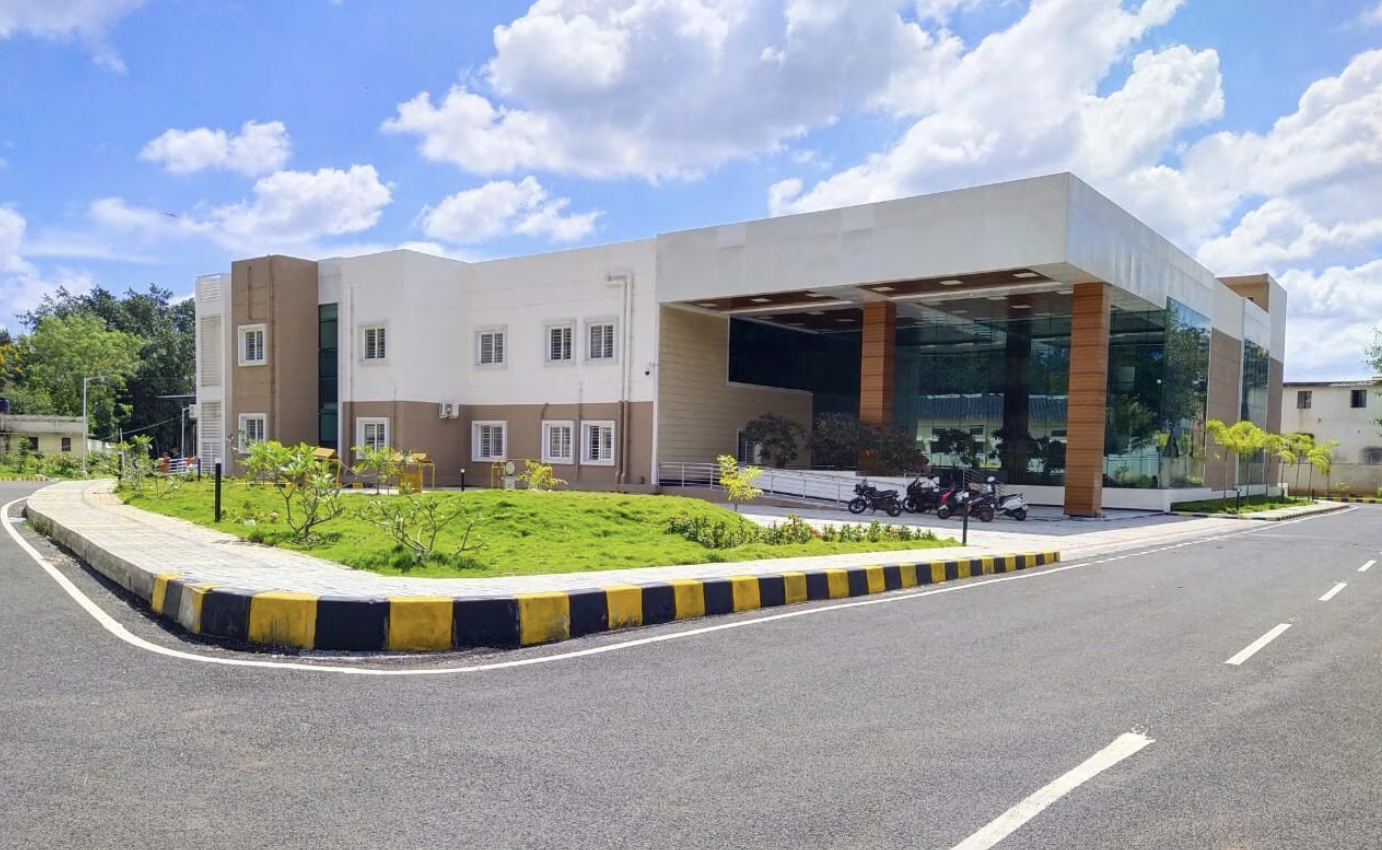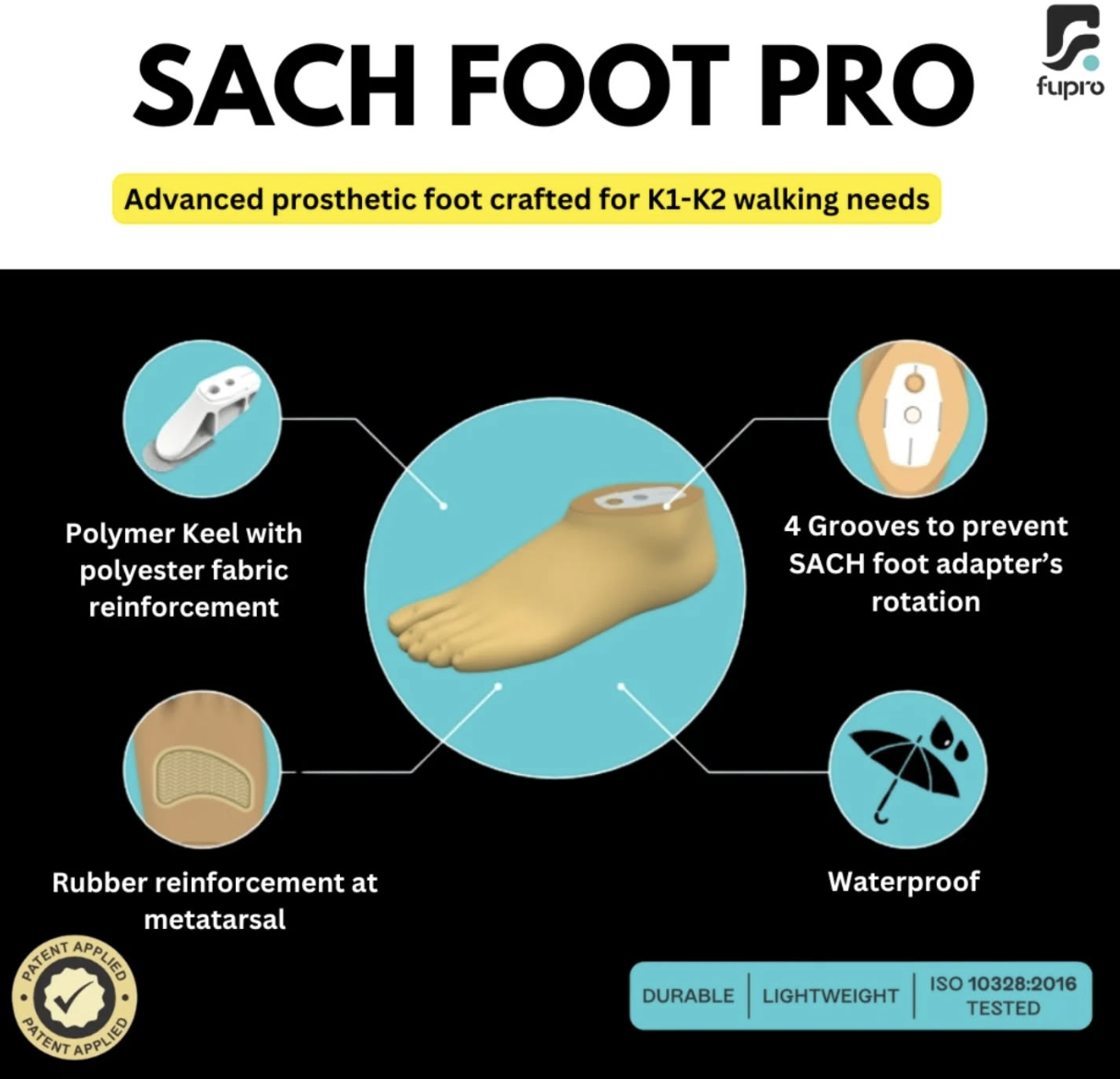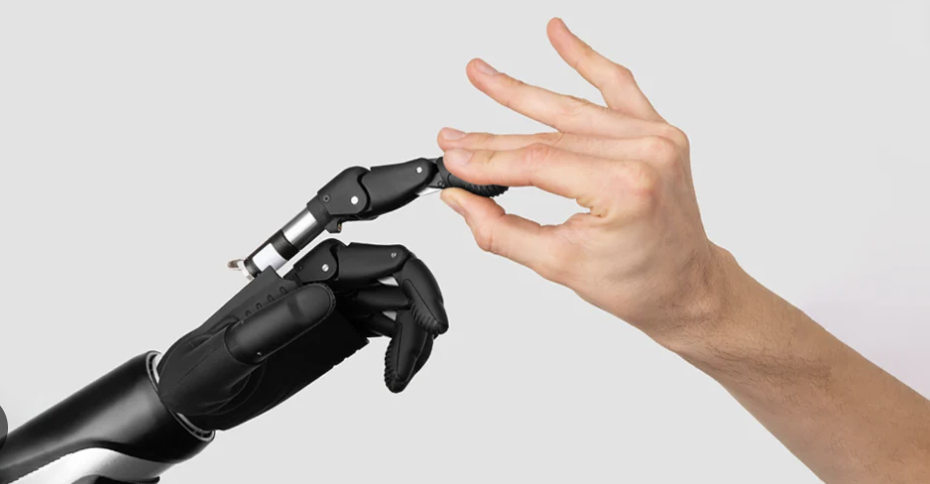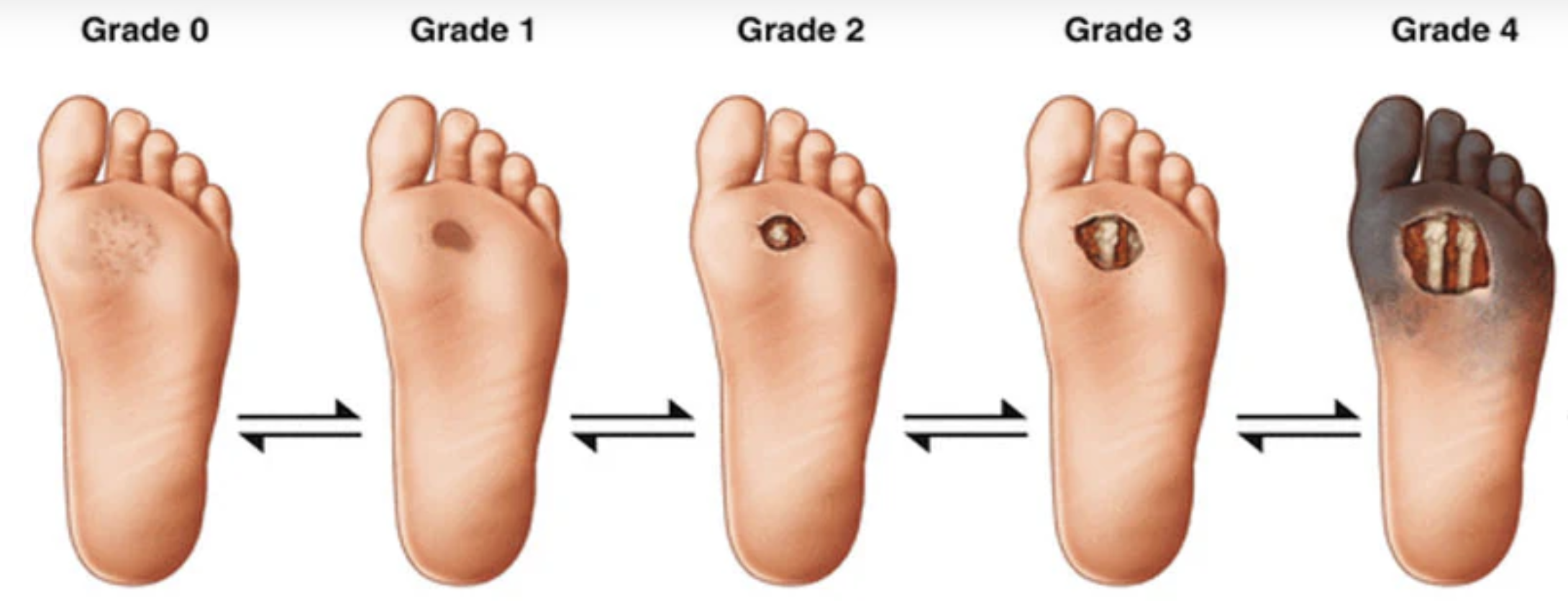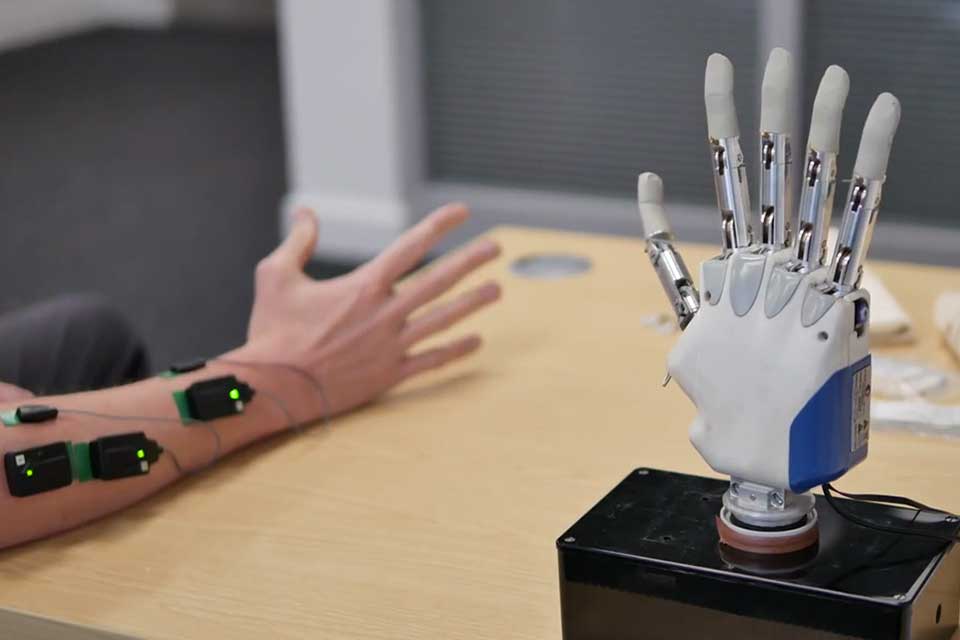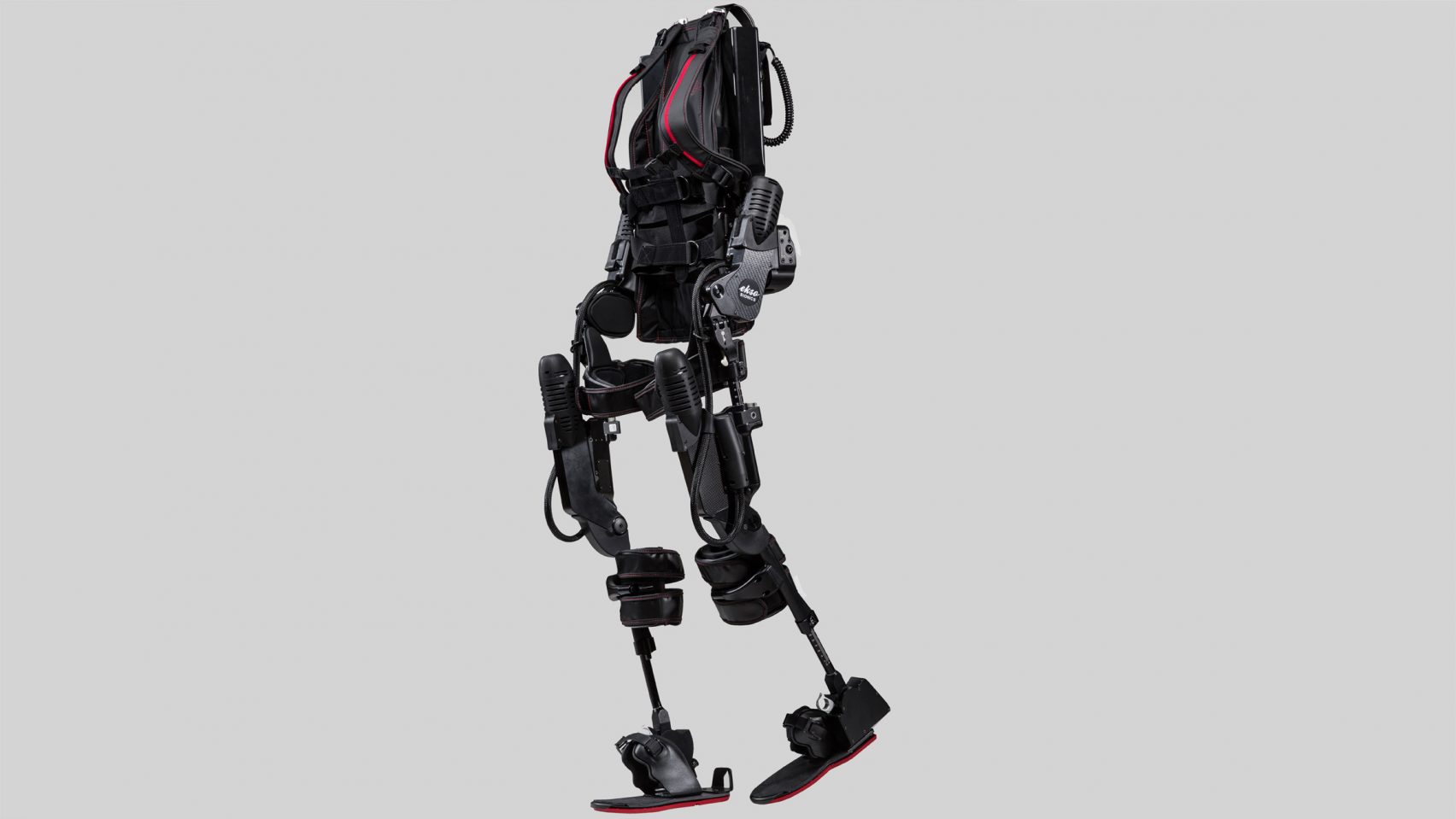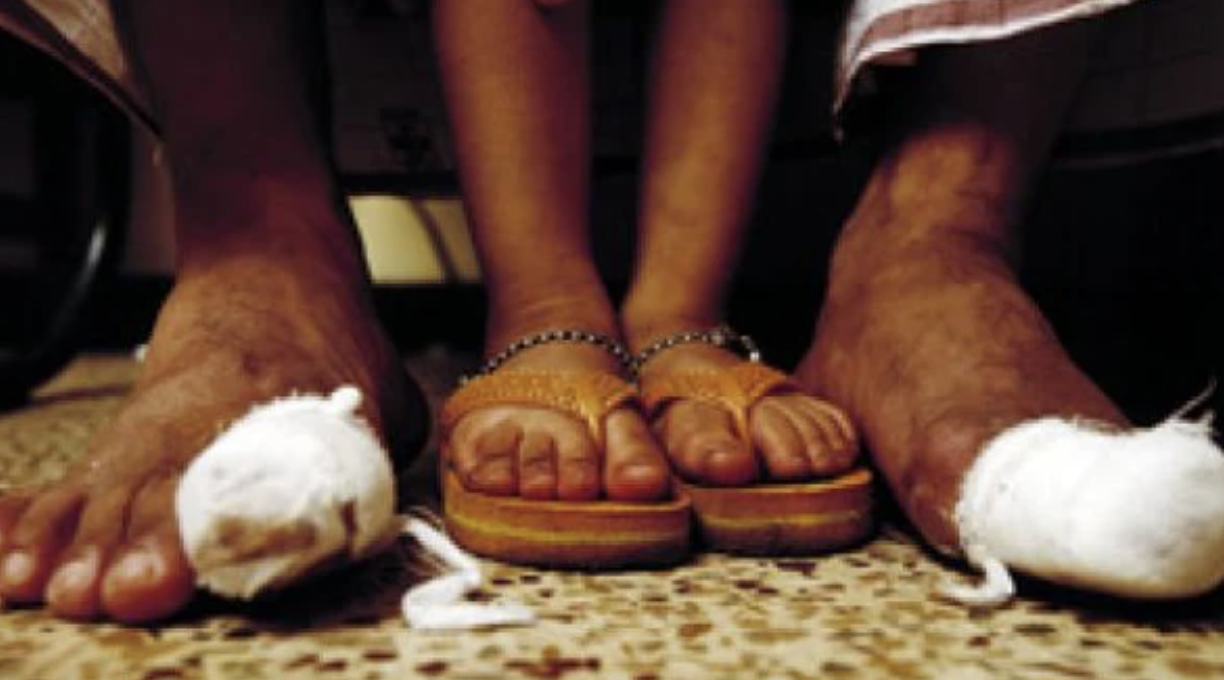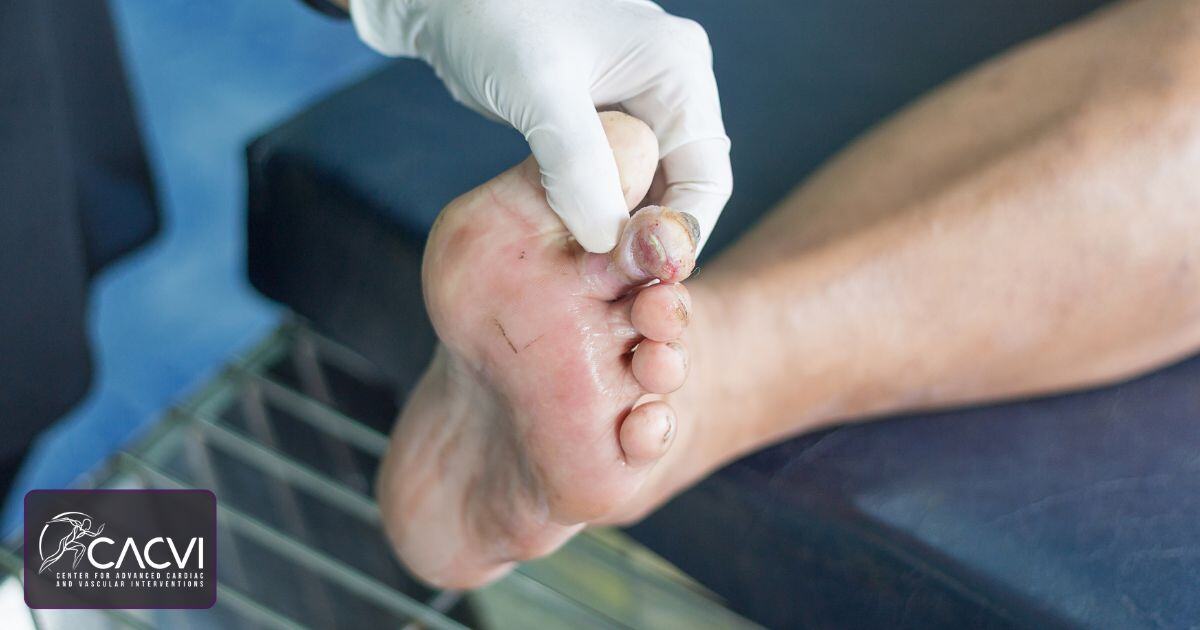Diabetic foot conditions among patients visiting the State-run Karnataka Institute of Endocrinology and Research (KIER) are on the rise, especially in males aged between 35 and 55.
From 13,091 patients in 2022, including those who came for a review, the number shot up to 13,958 in 2023. The institute, which has been running a diabetic foot registry since 2016, has seen 11,258 patients this year till October, according to data from the institute.
Overall, from 2022 till October 2024, 17,804 patients have undergone minor and major procedures at the institute. Doctors said the number of amputations are also on the rise. From 55 minor (one to three toes) amputations and 12 major (below or above knee) amputations in 2023, the number shot up to 65 major and 17 minor amputations this year so far.
Amputation rate
Associate Professor (Podiatry) Belehalli Pavan, who heads the Department of Podiatry at the institute, told The Hindu that the average amputation rate at the institute ranged between 8% and 10%. “Many patients, who get surgeries done outside after the diagnosis and evaluation, are out of our records,” he said.
Attributing the rise in diabetic foot conditions to a lack of awareness, Dr. Pavan said foot problems are common in people with diabetes. They can happen over time when high blood sugar damages the nerves and blood vessels in the feet. The nerve damage, called diabetic neuropathy, can cause numbness, tingling, pain, or a loss of feeling in the feet.
Nerve damage
The nerve damage can also lower the patient’s ability to feel pain, heat, or cold. Nerve damage, along with poor blood flow — another diabetes complication — puts the patient at risk for developing a foot ulcer that could get infected and not heal well. If the infection does not get better, the toe, foot, or part of the leg may need to be amputated to prevent the infection from spreading.
“This year, 3,490 patients screened at our institute have been detected with diabetic peripheral neuropathy (DPN), 511 with peripheral arterial disease (PAD), 1,405 with diabetic foot ulcer (DFU), and 228 with DFU and PAD,” the doctor said.
Pointing out that many patients had missed follow-up during the first and second waves of the pandemic, the doctor said that they came back with aggravated foot conditions after the second wave subsided. Moreover, the number of new onset of diabetes cases too increased after COVID-19, he said.
“As the condition is on the rise, there is a need to identify them at the primary health centre (PHC) level and refer them to us for early intervention. For a person with diabetes, a foot ulceration can be serious,” the doctor said.
Podiatric surgeon Sanjay Sharma, who is also the secretary of the Indian Podiatry Association’s Karnataka unit, said in the absence of a registry of diabetic foot conditions in the country, extrapolated numbers from several small studies conducted across several hospitals in India show that about 50% of people with diabetes have a diabetic foot condition.
While the prevalence of DFU in India is around 19%, amputations leading to limb loss annually are about a lakh across India. DFUs contribute to about 80% of all non-traumatic amputations in the country, he said.
